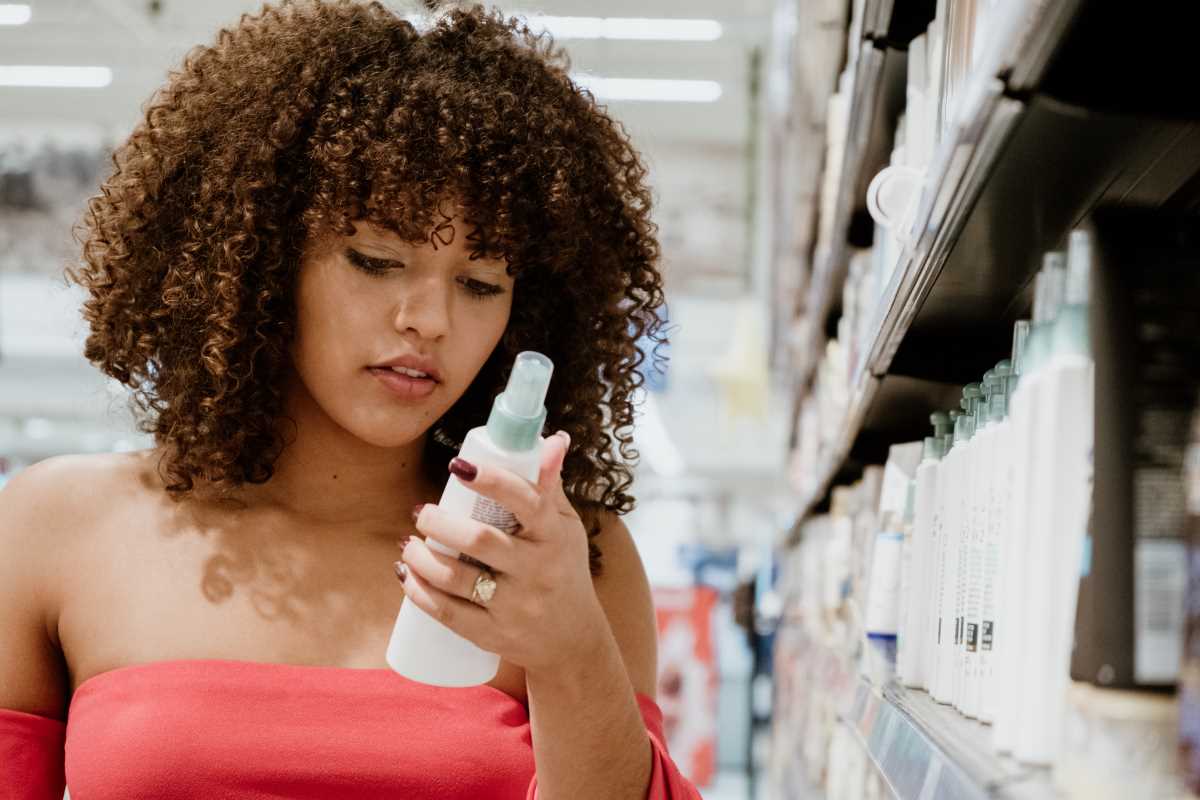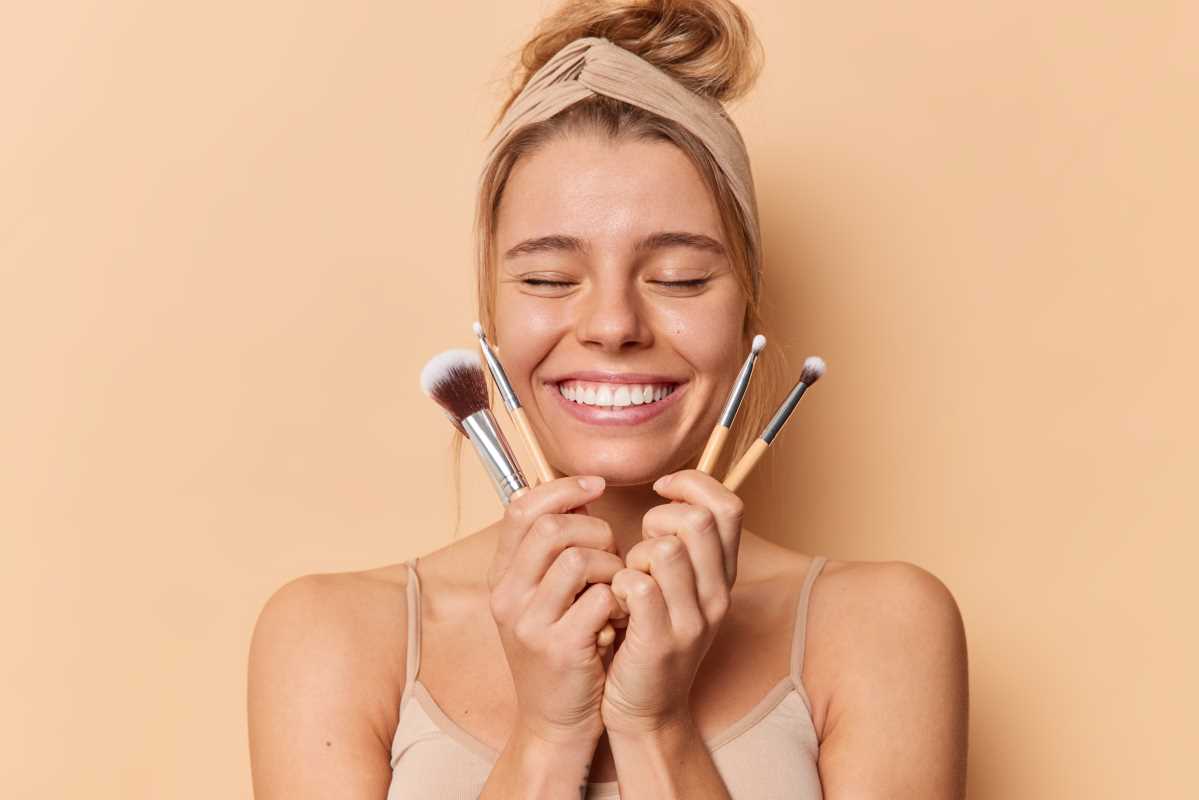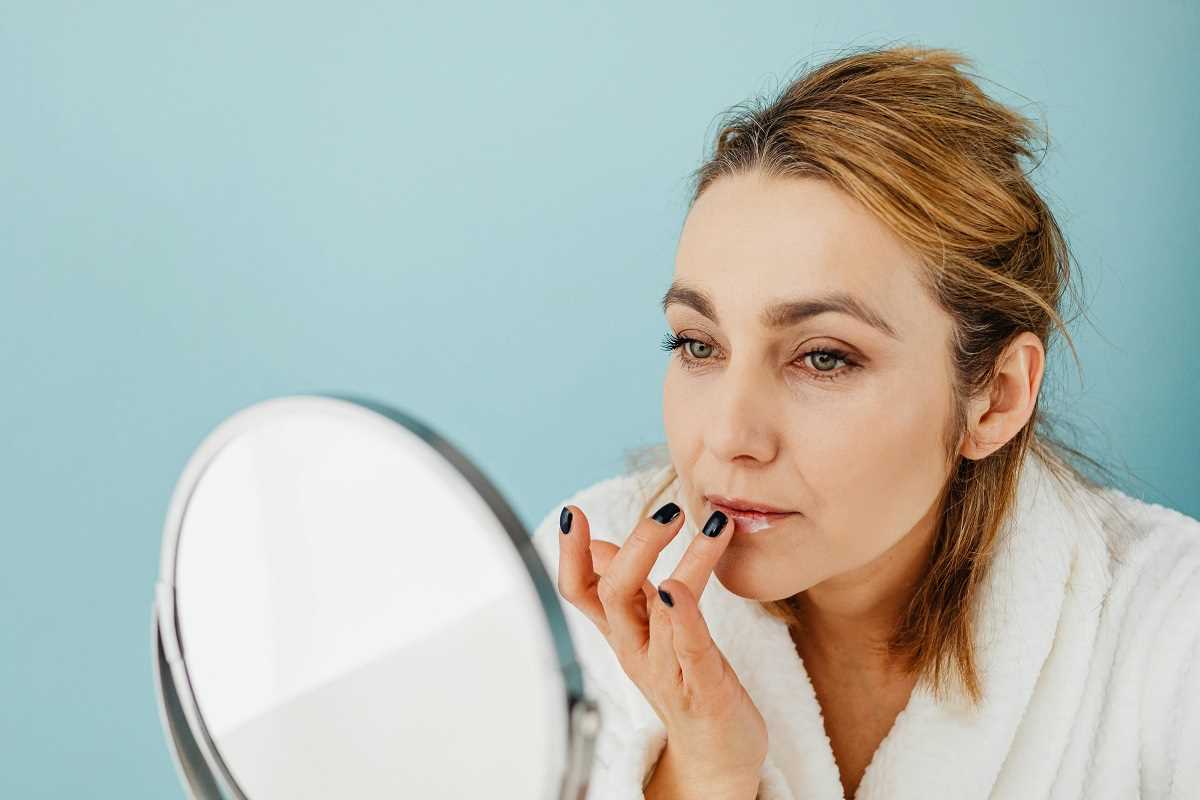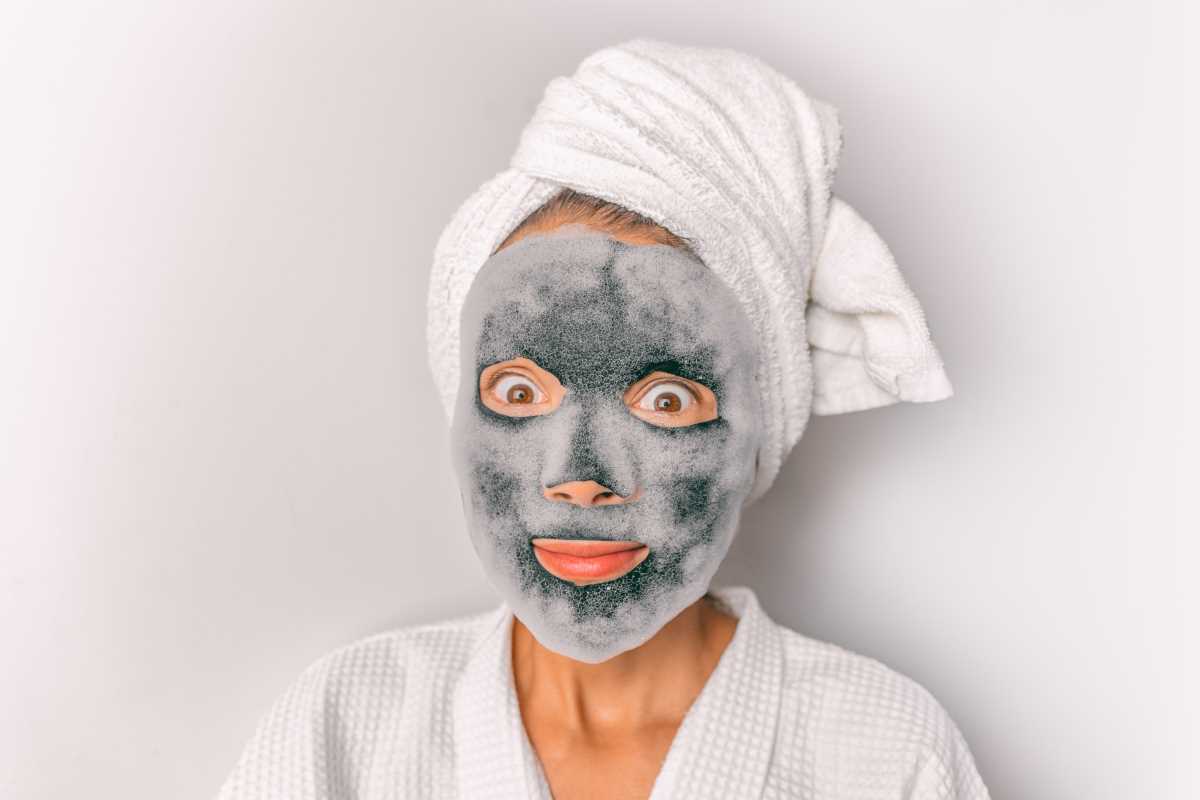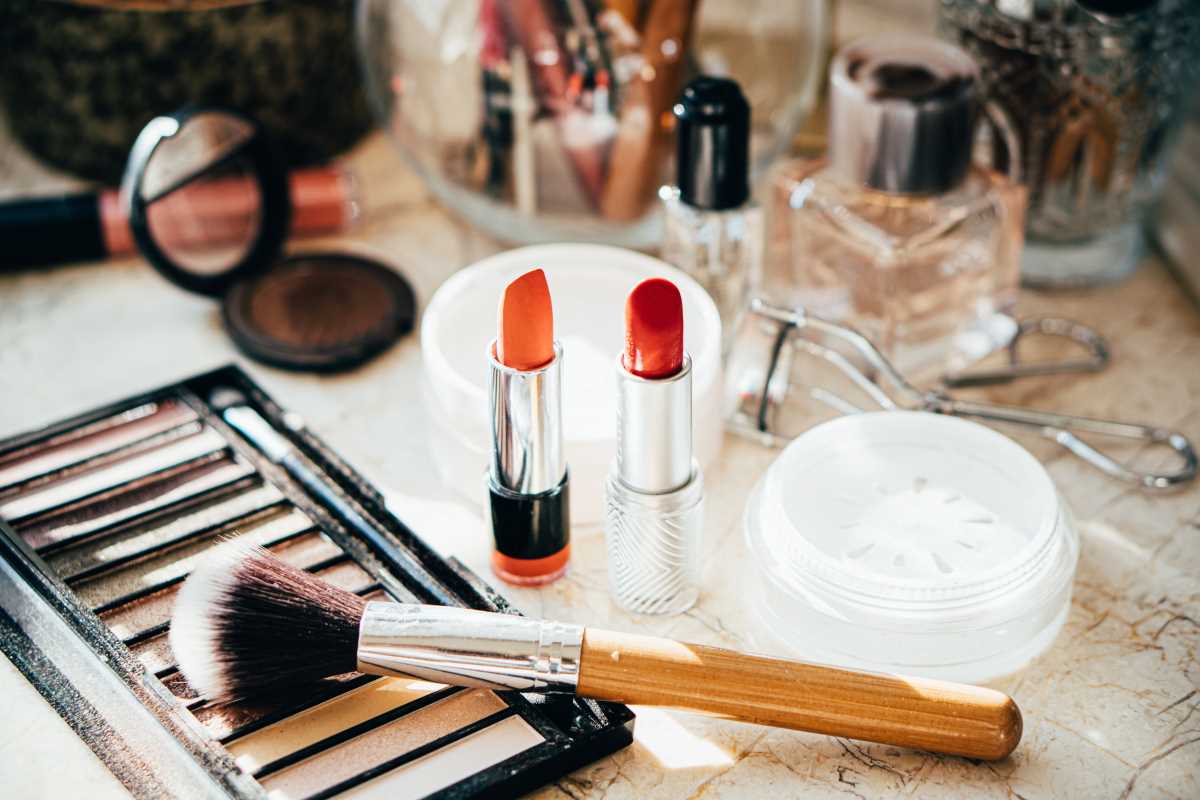Skincare trends come and go, but one thing that’s here to stay is our growing need to protect our skin from blue light. You’ve probably heard the term thrown around in blog posts or seen it slapped on a new sunscreen bottle. At first, it might seem like just another buzzword in a sea of skincare fads. But blue light protection is much more than that. It’s becoming a modern necessity for anyone who spends hours scrolling their phones, working on their laptop, or bingeing the latest hit series.
But what exactly is blue light? How does it harm your skin, and why is every skincare brand talking about it? Don’t worry—we’re breaking it down step by step to give you everything you need to know.
What Is Blue Light, Anyway?
You’re already familiar with sunlight and its dangers, like UV rays. But what about the light coming from your phone or computer screen? That’s blue light, also known as high-energy visible (HEV) light. It’s part of the spectrum of light we see, with a wavelength that gives it that bluish tint.
Blue light isn’t inherently bad. It helps regulate our sleep cycle and keeps us alert during the day. The problem arises with excessive exposure to artificial blue light from digital devices, LED lighting, and even flat-screen TVs. Think about it for a second. How many hours a day do you spend looking at your phone or computer? That’s a lot of blue light your eyes and skin are absorbing.
The Skin-Deep Problem with Blue Light
Here's the kicker that not everyone talks about: blue light doesn’t just strain your eyes or mess with your sleep. It also affects your skin in ways you might not anticipate.
Studies have shown that prolonged exposure to blue light can lead to premature aging, uneven skin tone, and even hyperpigmentation. How? It all comes down to how blue light penetrates your skin. Longer than UV rays, blue light reaches deeper into the dermis. This deep-reaching light generates free radicals, also known as reactive oxygen species (ROS).
Think of free radicals like tiny troublemakers running loose in your skin. They create oxidative stress, breaking down collagen and elastin. Both are essential proteins that keep your skin youthful, plump, and firm. When those proteins diminish, you’ll start noticing unwanted signs of aging, such as fine lines, wrinkles, and sagging.
What’s even more surprising? Blue light exposure can exacerbate issues like dark spots, redness, and inflammation. For anyone struggling with acne or sensitive skin, this can feel like a double whammy.
The Rise of Blue Light Skincare
It makes sense, then, that more people are realizing the need for blue light protection. Manufacturers are responding with a wave of blue-light-blocking skincare products, including sunscreens, serums, and moisturizers. Some even have added perks, like hydration or anti-aging benefits.
“Wait,” you might be saying, “isn’t sunscreen enough?” Not quite. While many sunscreens protect against UV radiation, standard SPF doesn’t block blue light. That’s why so many skincare companies are now formulating products with antioxidants like vitamin C, niacinamide, and algae extracts, proven to combat oxidative stress and repair skin damage.
Antioxidants to the Rescue
Antioxidants are like your skin’s bodyguards. They neutralize those pesky free radicals we talked about earlier, essentially stopping them in their tracks before they can cause any harm. Serums packed with ingredients like vitamin C, vitamin E, or ferulic acid are some of the most effective ways to offset blue light damage.
But hang on—not all antioxidants are created equal. Look for products specifically formulated for blue light protection. Many brands include marine-based compounds such as algae or seaweed, known to protect against light-induced aging. Other power players include resveratrol, green tea extract, and turmeric, all of which pack an antioxidant punch.
Tips to Protect Your Skin from Blue Light
Now that we’ve got the science-y stuff out of the way, it’s time to get practical. Incorporating blue light protection into your routine doesn’t have to mean ditching your favorite products or spending a fortune. Here’s how to make it work for you.
1. Use Broad-Spectrum Sunscreen Daily
A broad-spectrum sunscreen might not completely block blue light, but it’ll protect your skin from the sun’s harmful UV rays (which are also present indoors near windows). Many new formulations now include ingredients designed to shield against HEV light as well.
2. Load Up on Antioxidants
Your morning routine isn’t complete without an antioxidant serum to strengthen your skin’s defense system. Apply it before your sunscreen to help fight oxidative stress throughout the day.
3. Turn on “Night Mode”
Small lifestyle changes can also reduce your exposure to blue light. Most smartphones, tablets, and laptops now come with a “night mode” or “blue light filter” setting. Turn it on after sunset to limit your screen’s brightness and reduce the strain on your skin.
4. Take Regular Breaks from Screens
The infamous “20-20-20 rule,” popularized for reducing eye strain, can also benefit your skin. Every 20 minutes, look at something 20 feet away for 20 seconds. Better yet, step away from your screen entirely and grab some fresh air.
5. Try Blue Light-Specific Skincare
If you’re a product junkie, why not treat yourself to a few blue-light-specific products? Search for items labeled “blue light protection” and check for key ingredients like antioxidants, algae, or anti-inflammatory agents.
The Bigger Picture
While it’s easy to blame our digital devices for this modern skin woe, the issue goes hand-in-hand with how much time we spend on screens. Experts recommend balancing protective skincare with habits that reduce overall blue light exposure. After all, skincare products can only do so much if we’re glued to our screens 24/7.
It might feel overwhelming to constantly worry about environmental factors impacting our skin. But blue light skincare isn’t about stressing over your screen time; it’s about being proactive and informed. By taking a few small steps, you can minimize the impact of blue light while maintaining your favorite routines (like doom-scrolling TikTok).
Blue light protection is no longer just an optional add-on to your skincare regimen. It’s quickly becoming a modern necessity, especially in an era where our lives revolve around screens. From antioxidants to game-changing serums, the tools are there to make protecting your skin as easy as moisturizing.
If you’ve never given much thought to how blue light affects your skin, now’s the perfect time to start. The extra effort you put into your routine today will go a long way in keeping your skin healthy and glowing for years to come.
Because really, who wouldn’t want to future-proof their complexion?
